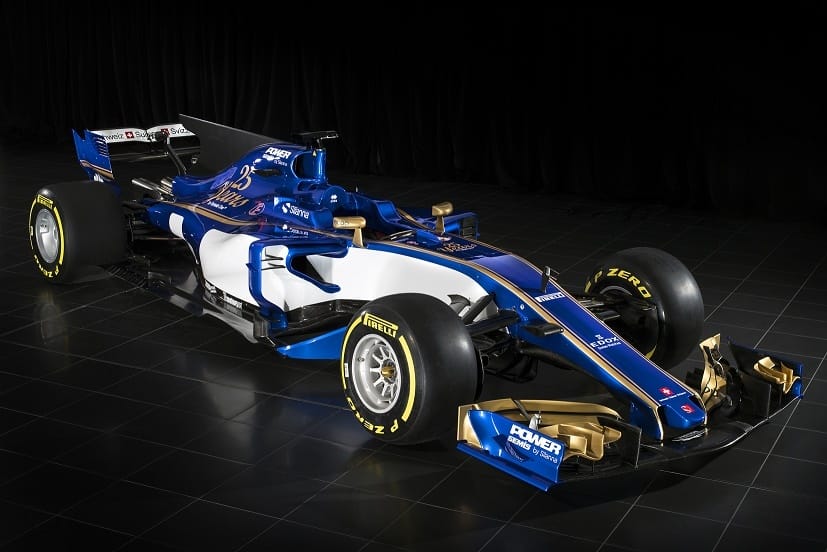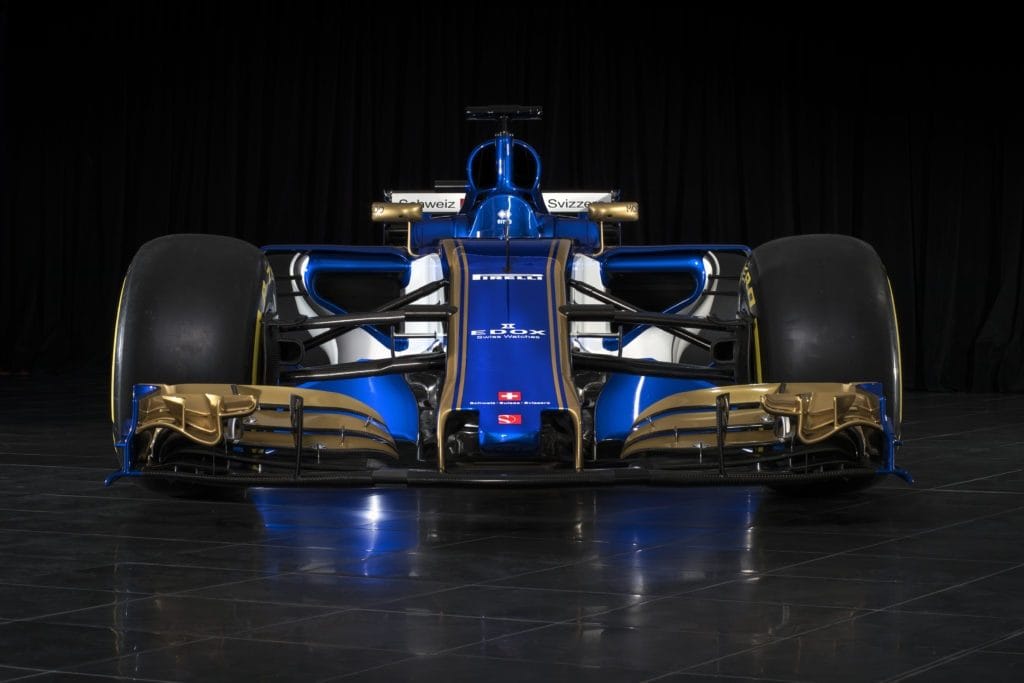THE SAUBER C36-FERRARI – THE ANNIVERSARY CAR FOR THE NEW ERA
In 2017 the Sauber F1 Team celebrates another milestone: it is the 25th Formula One season in the teams’ history. Together with its new owner, Longbow Finance S. A., the Sauber F1 Team starts a new era. In the 2017 FIA Formula One World Championship the Swiss team will again be competing with driver Marcus Ericsson (SE, 26) and the new arrival Pascal Wehrlein (DE, 22). The official rollout of the new Sauber C36-Ferrari will take place on the occasion of the first winter tests at the Circuit de Catalunya near Barcelona from 27 February to 2 March.

A new era
Not only will Formula One be starting a fresh era with its new technical regulations and rules, but also the Sauber F1 Team. With new ownership, the Sauber Group has the chance of a new beginning, and can establish itself and can create a solid basis for a competitive and successful future. CEO and Team Principal Monisha Kaltenborn is looking forward to exciting times: “Together with Longbow Finance S. A., we have great opportunites to be competitive again and to return to previous successes in Formula One. We want to position ourselves with a new approach, and we have already taken the first steps in order to build a solid foundation for the future.“

Despite the fact that Formula One and its teams will again enter new territory based on the new technical regulations and rules in 2017, the Sauber F1 Team’s expectations are straight to the point: “We clearly have to improve,” says Monisha Kaltenborn. “With the Sauber C36-Ferrerai we have a solid basis as well as the resources to further develop the Sauber C36-Ferrari through the season. This will be important to establish in mid-field.”
A new car
In Jörg Zander a new technical director arrived at the high-tech factory in Hinwil in January 2017. The first thing he had to do was to get an overview of the technical prerequisites and to familiarise himself with both the new and the old conditions – which he soon managed to do because he felt comfortable from day one. Jörg Zander is a familiar face, returning to the Swiss team after having worked there from 2006 to 2007 as chief designer for the BMW Sauber F1 Team.
The German summarises the most conspicuous changes that define the Sauber C36-Ferrari due to the new regulations: “The cars are becoming wider again, from 1.80 to 2 metres, the tyres are 25 % wider, the front and rear wings are becoming wider as well, plus the diffuser is being enlarged. In total, this means more downforce, more grip and, as a result, faster lap times.” Consequently, work on the concept of the new car was focused on reducing the drag coefficient (due to the wider tyres) to a minimum as well as achieving a significant weight reduction, for instance by means of the new roll structure. In certain areas of lightweight design the team went to the limits. The aero concept includes the optimisation of the front and rear wings and the underfloor. The radiator, the sidepods and the bodywork were designed to be as slim as possible. Clear progress was also achieved in terms of additional downforce. The key here is to keep downforce, which is generated via driving, and remain stable in various track sections. Jörg Zander explains the changes in the development procedure in more precise terms: “We put greater emphasis on aerodynamic stability as opposed to maximising downforce.”

New regulations
“Basically, big teams also have an advantage when it comes to major changes in the regulations,” says Jörg Zander, “but when the cards are reshuffled new opportunities always present themselves as well. The Sauber C36-Ferrari is wider and lower, with wider tyres making the car look more muscular than last year’s model, the C35. Practically just by looking at it, one can tell the speed the new car has increased as a result of more downforce and shorter braking distances – measured against lap time, not top speed – it is written all over its face. The width of the front tyres has increased from 245 to 305 mm, that of the rear tyres from 325 to 405 mm. Something that has not changed compared with 2016 is the fact that the wider tyres will be able to decide races as well when it comes to how they work and harmonise with the car’s setup and with respect to wear. “With the tyres one might be able to mask deficits and get development concepts to work better,” says Jörg Zander.
